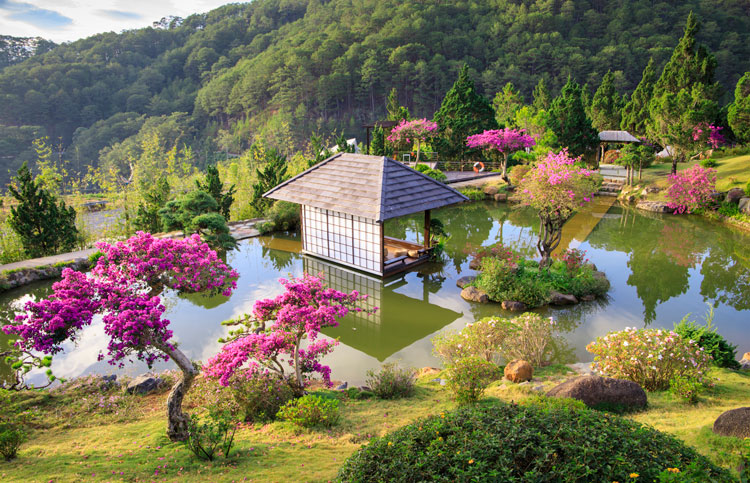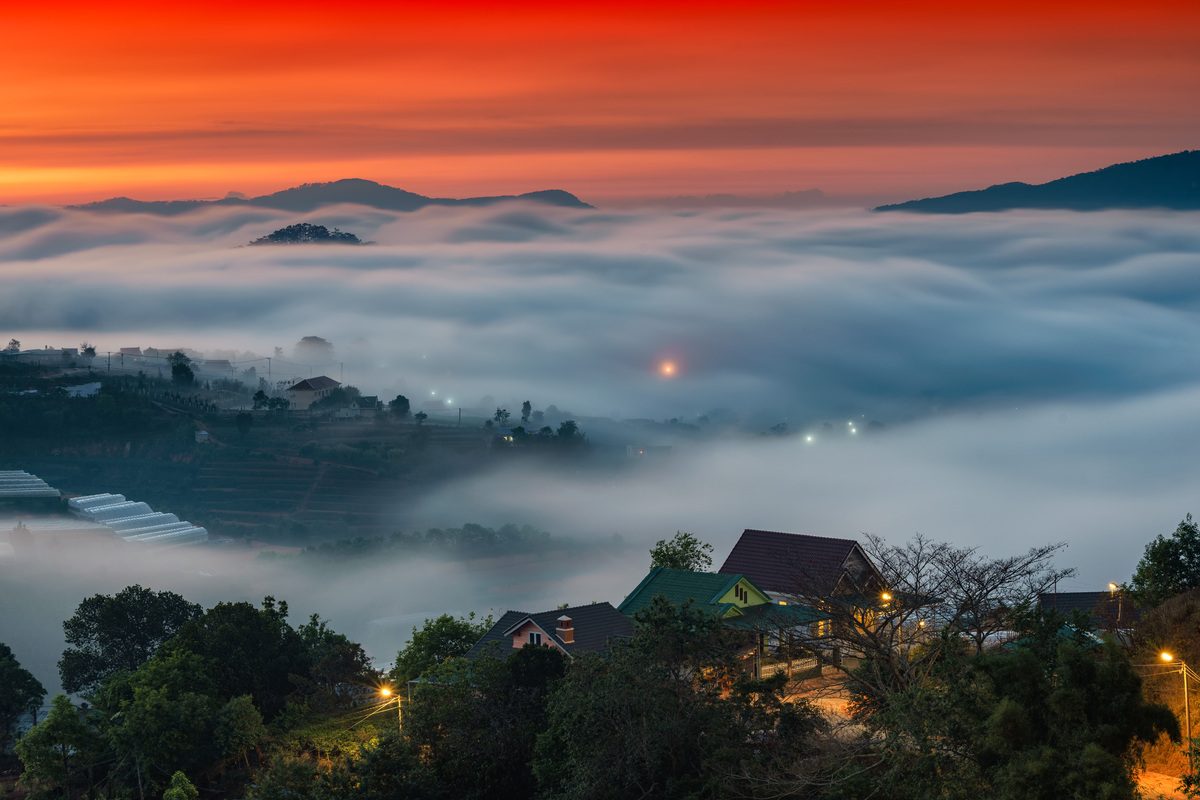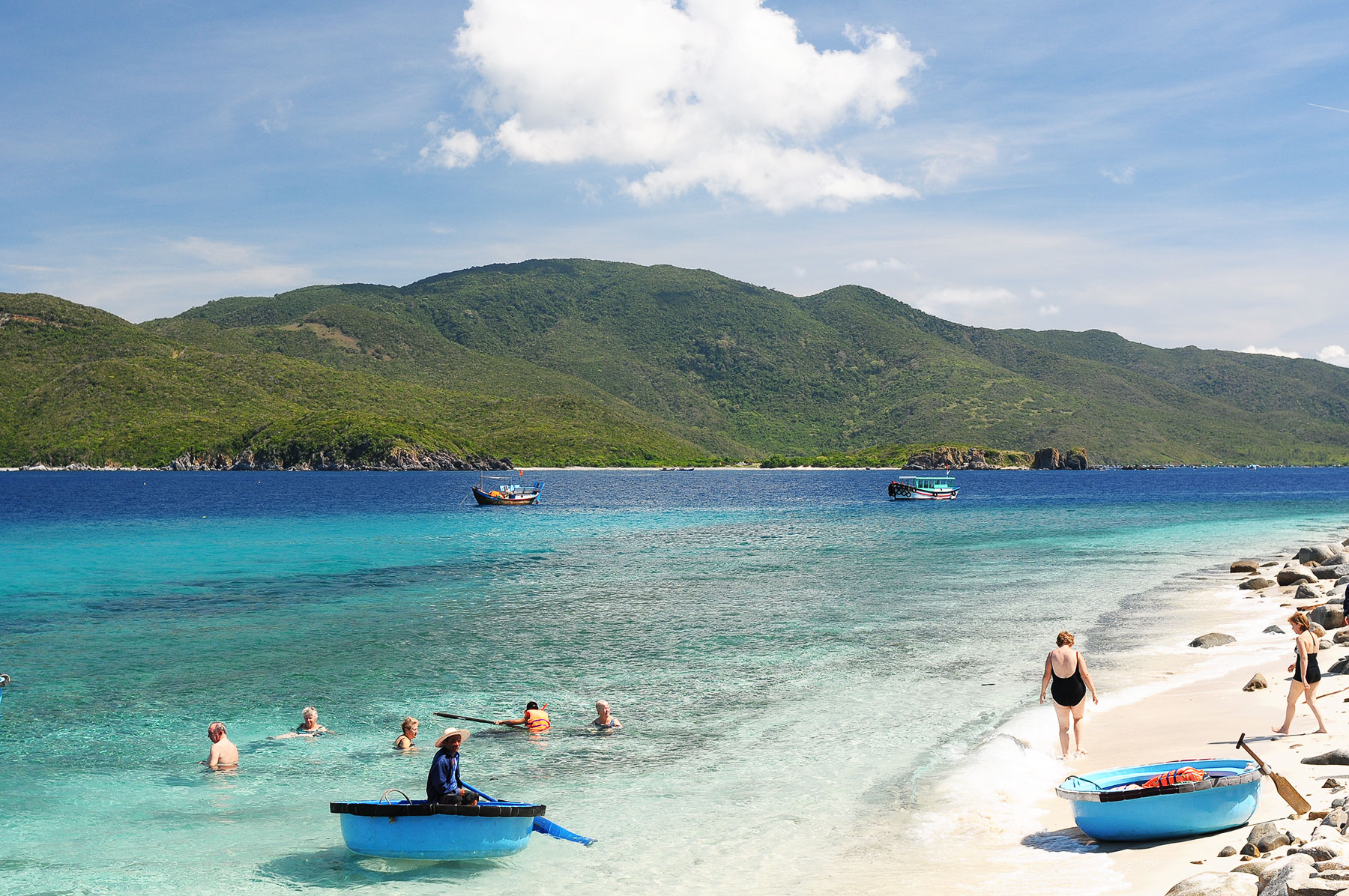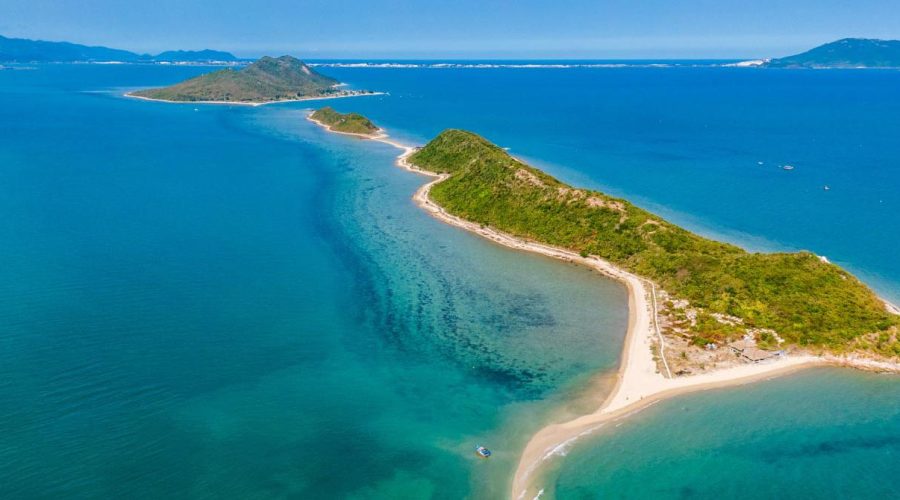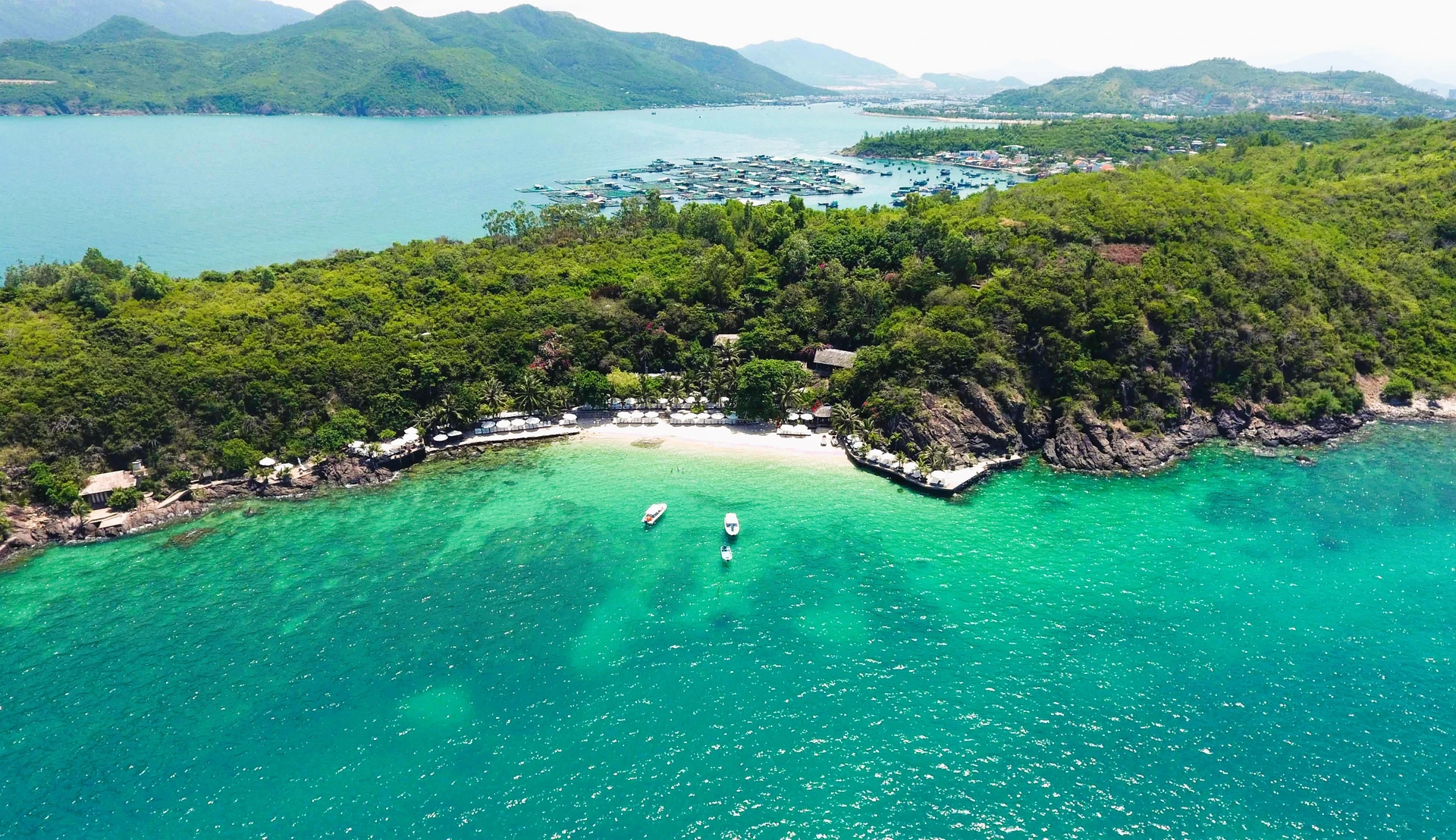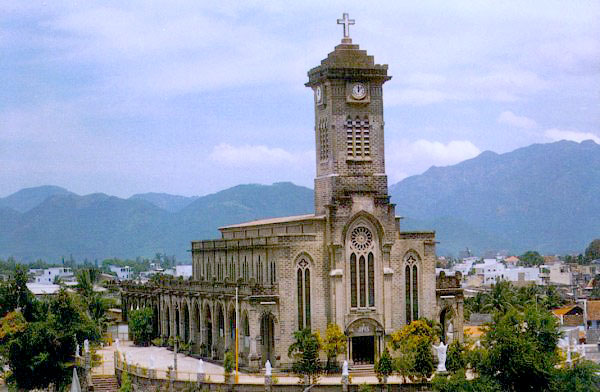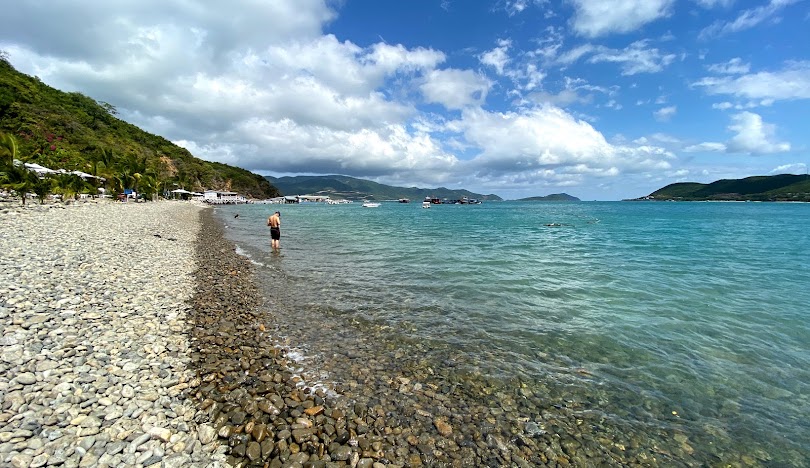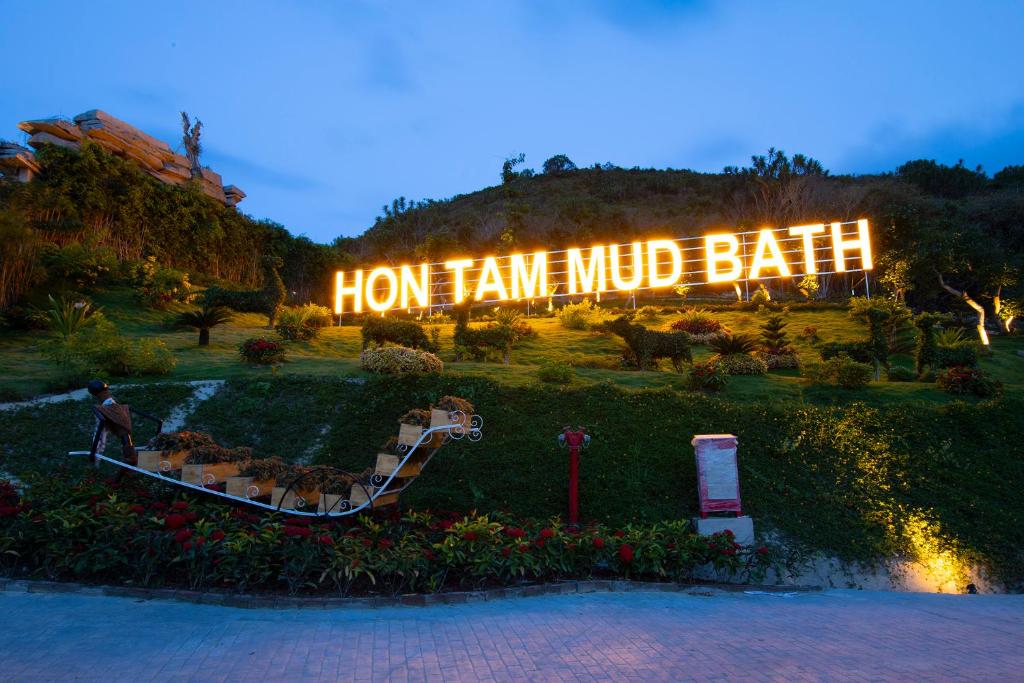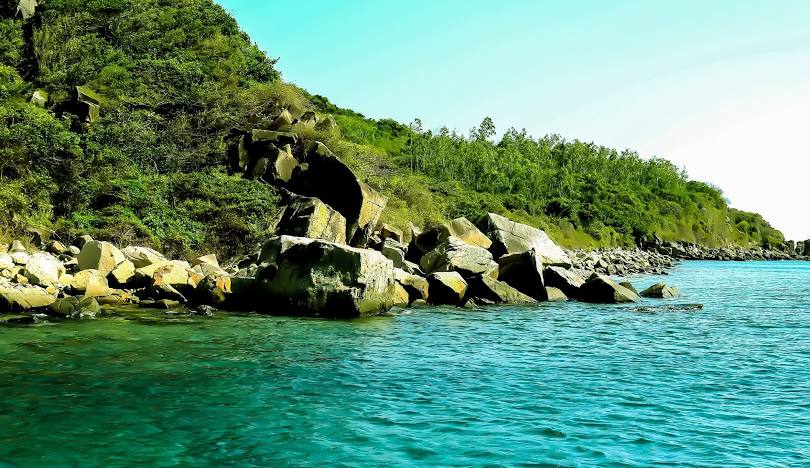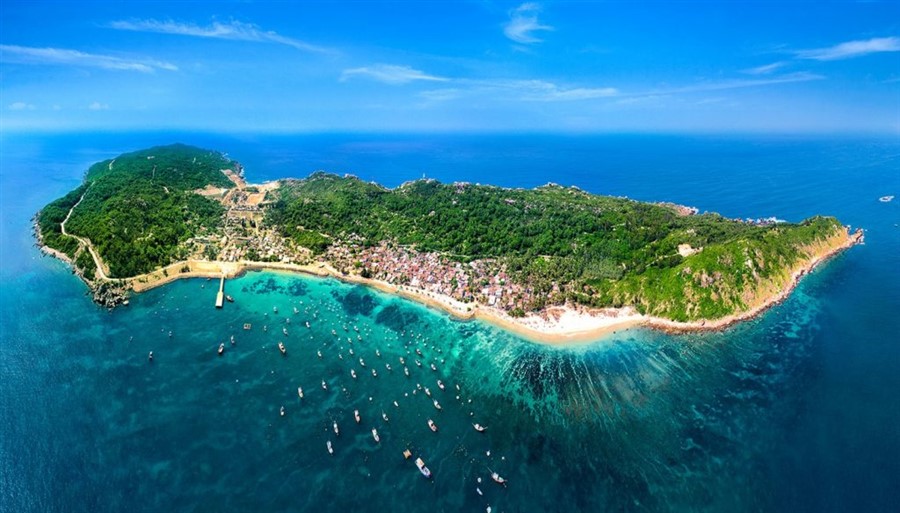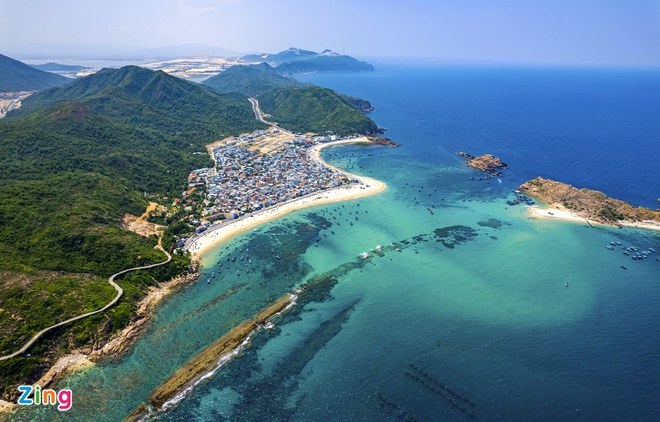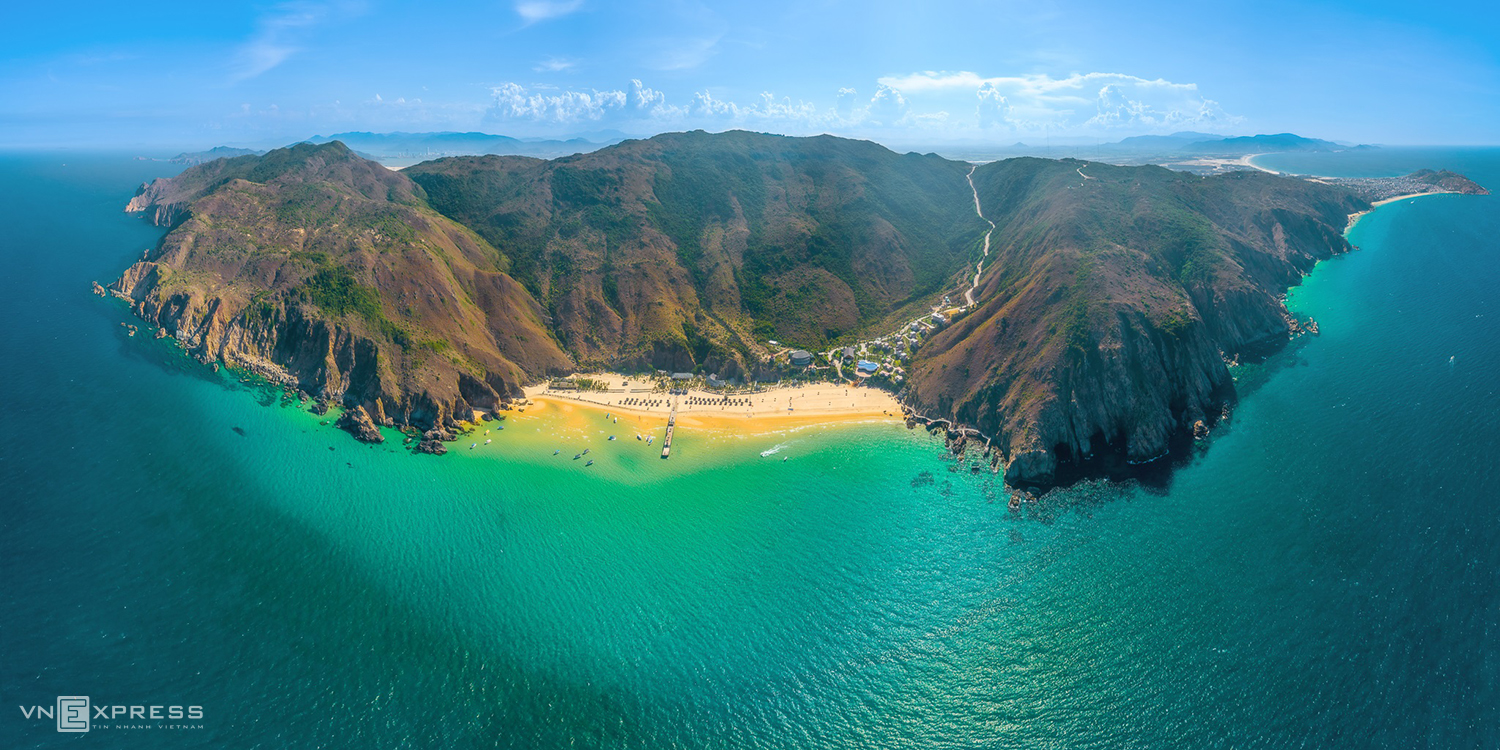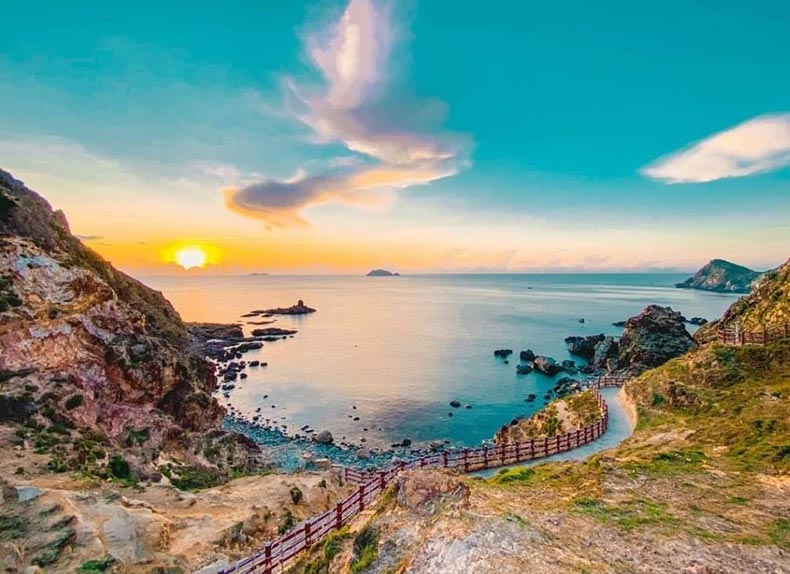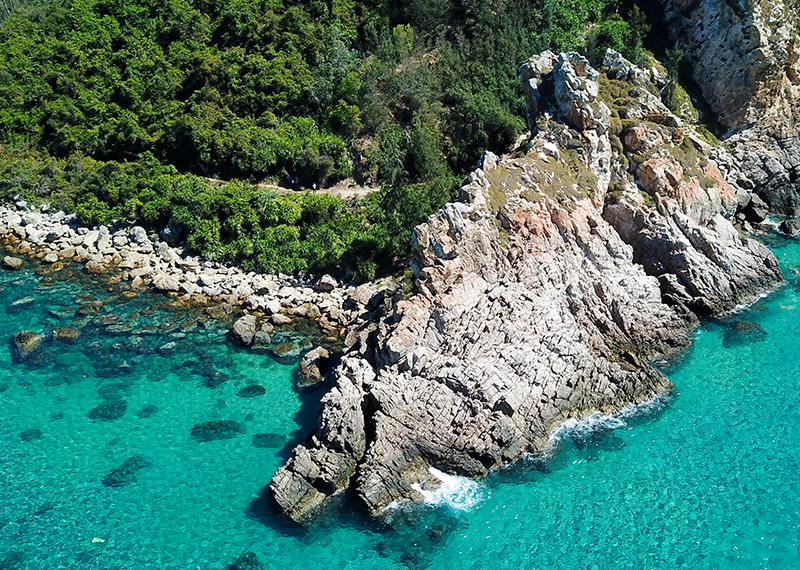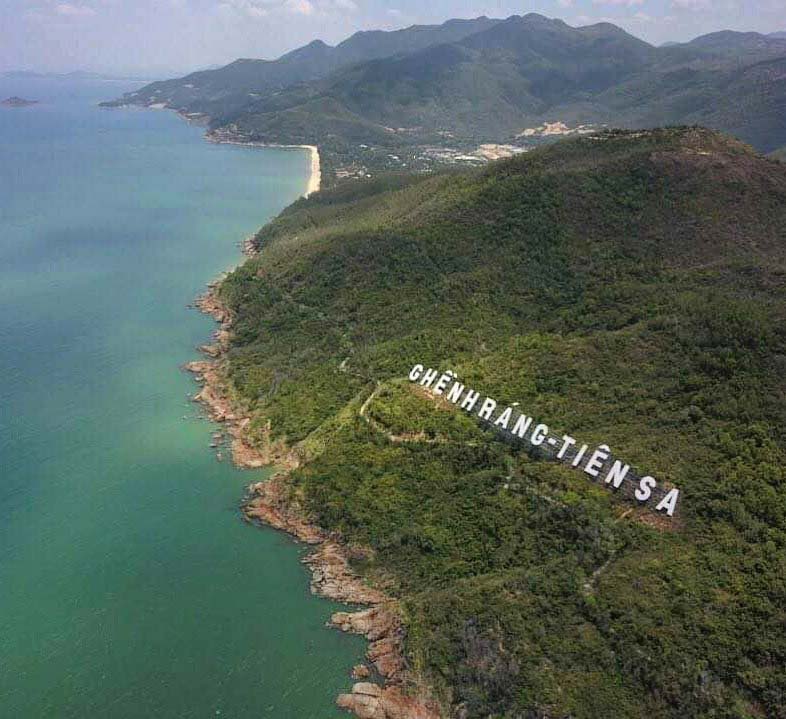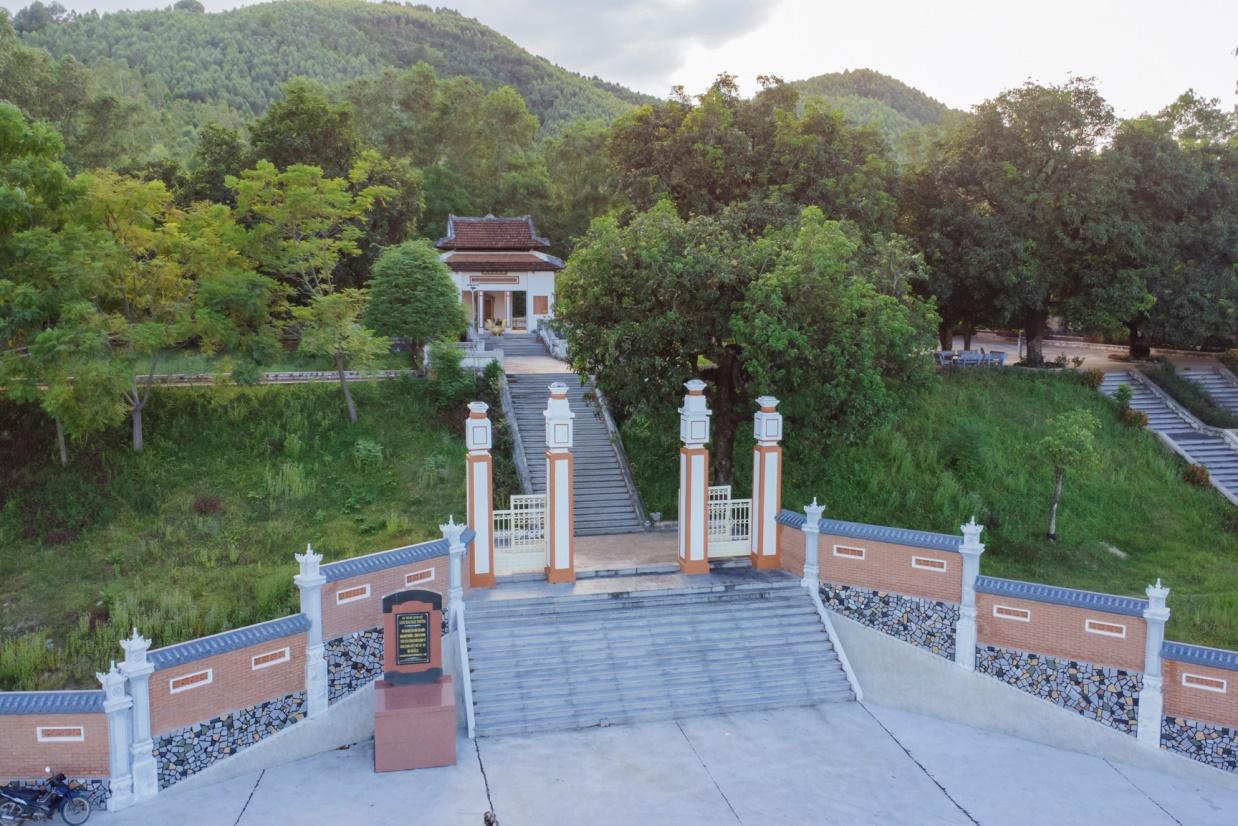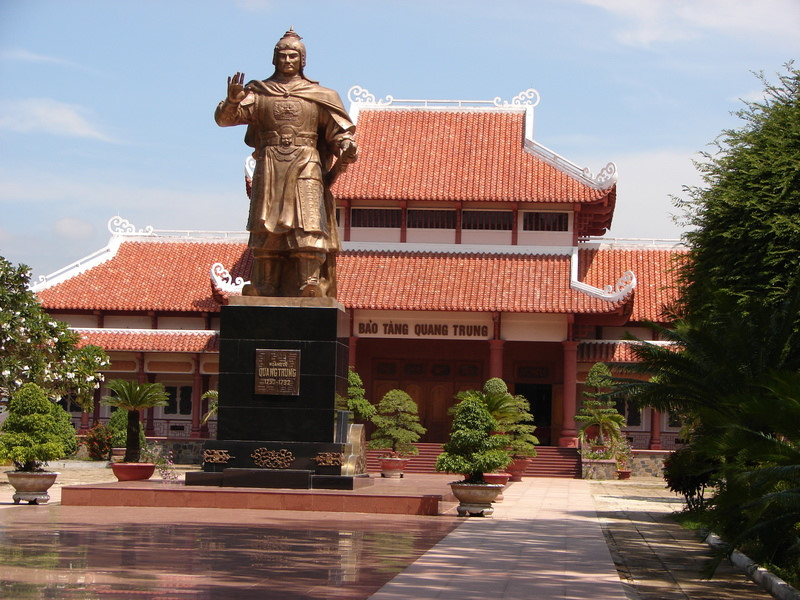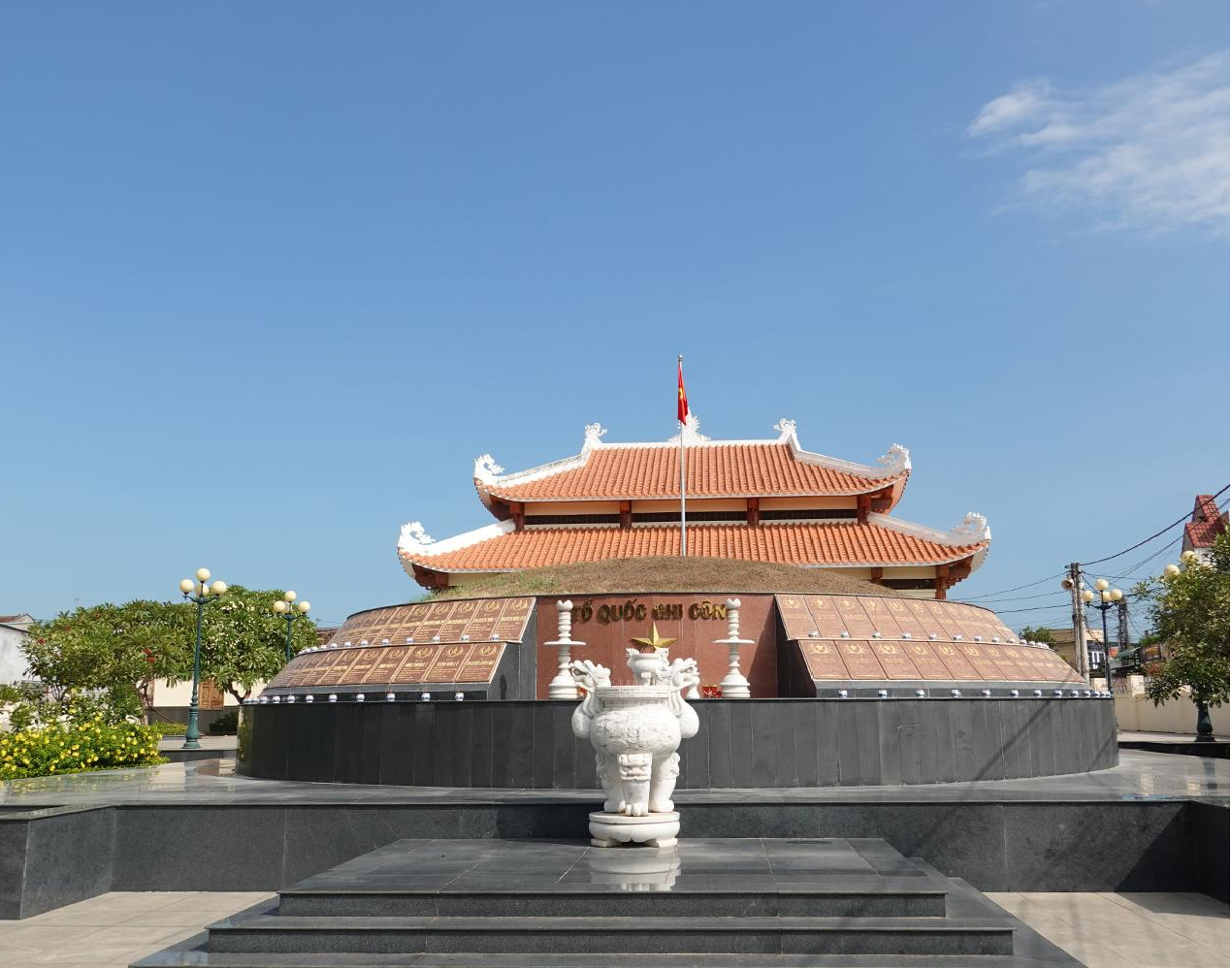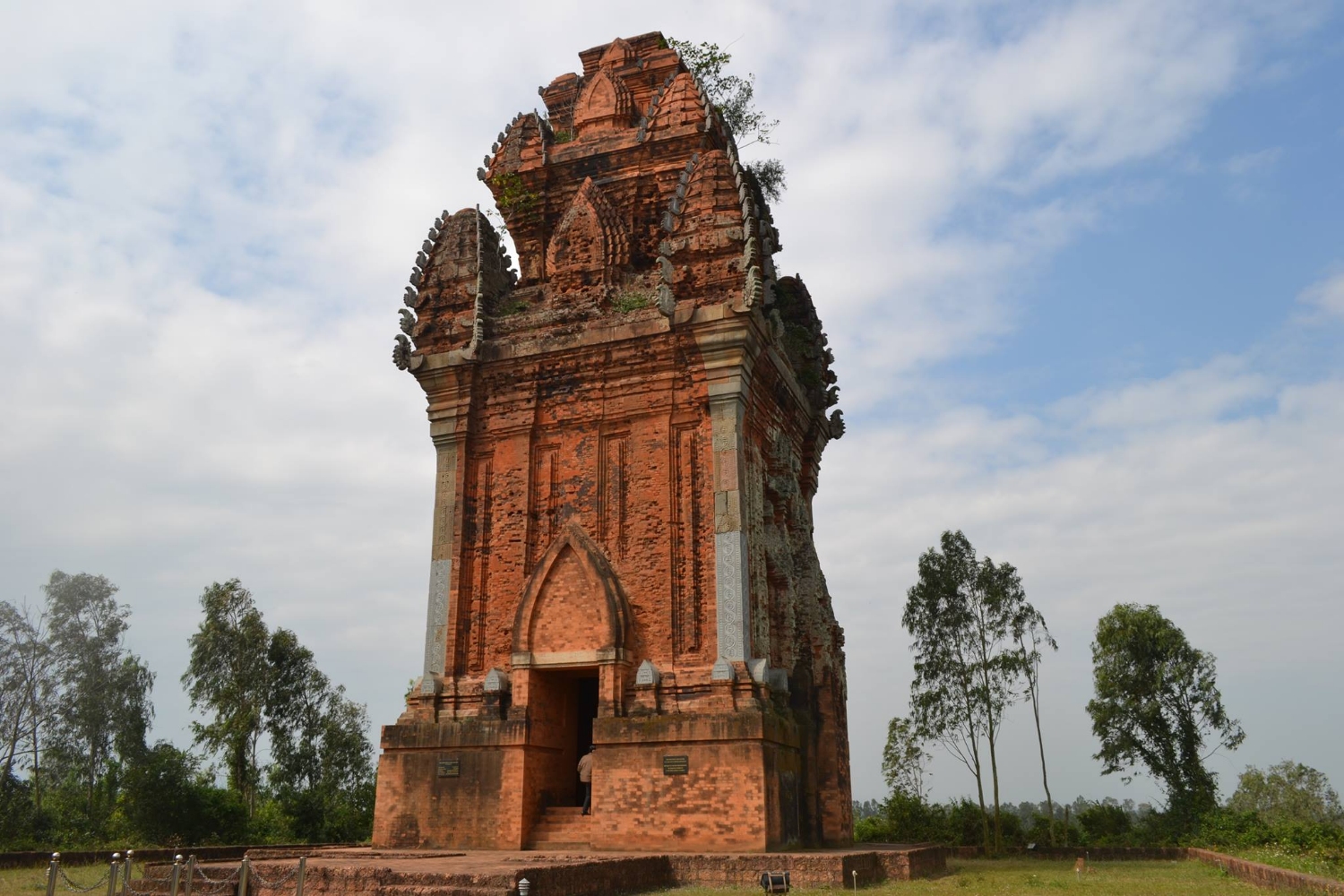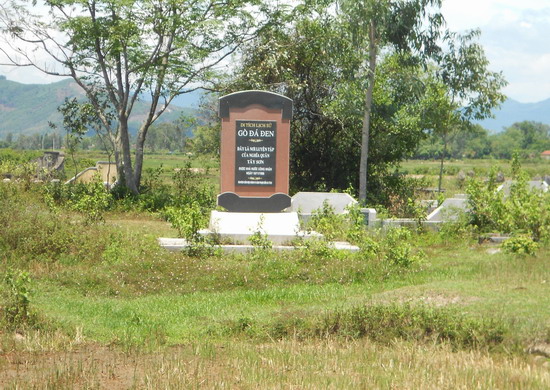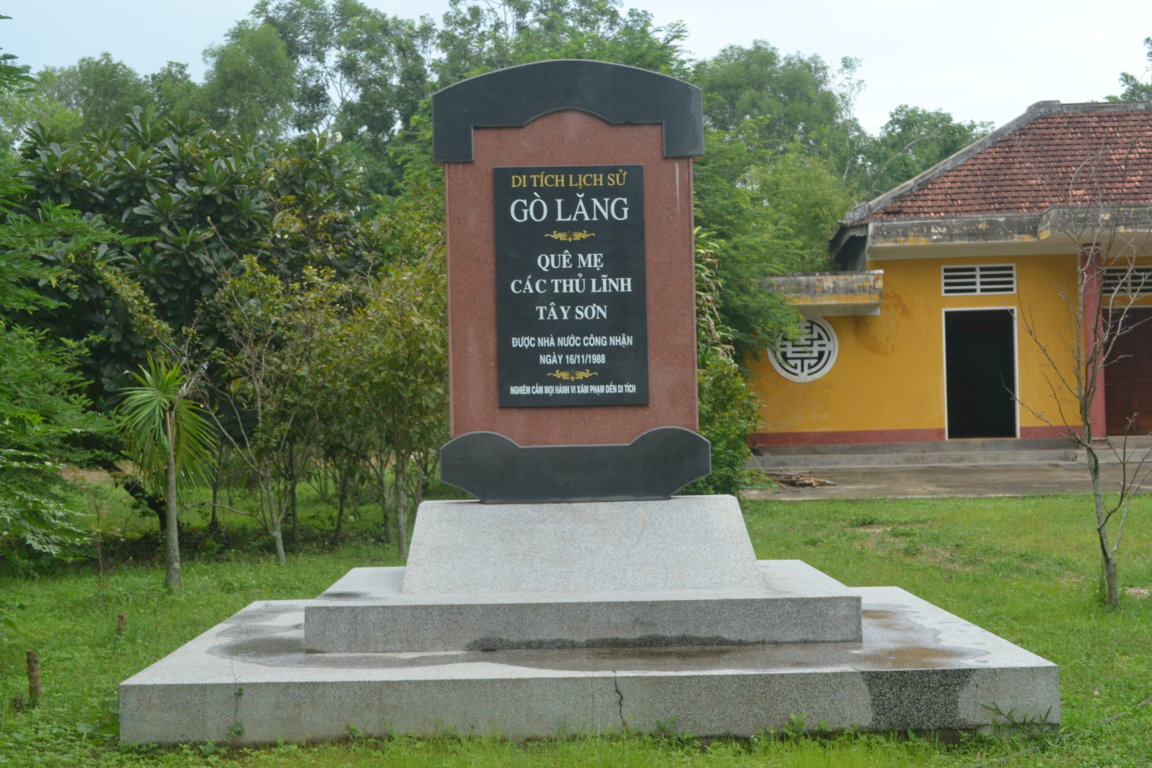Historical relics in Binh Dinh reflect long-standing cultural development. They are also living evidence of the nation's heroic struggle.
Binh Dinh is a famous martial arts land, not only attracted by its beautiful nature but also by its historical relics bearing bold cultural and historical imprints. Each destination tells a vivid story about a golden age, making visitors admiring and moved. Join 63Stravel to explore historical relics in Binh Dinh in this article!
Top 16 famous historical relics in Binh Dinh that you must visit once
Below is a list of outstanding historical relics in Binh Dinh, marking the heroic history of this land.
1. Cha citadel relics
Address: An Thanh village, Nhon Loc commune, An Nhon town, Binh Dinh.
Cha Citadel is one of the ancient citadels of the Champa Kingdom, built before the 10th century during the Vijaya period. This is an important military project, once the capital of the Champa kingdom in the early stages of the Vijaya period.
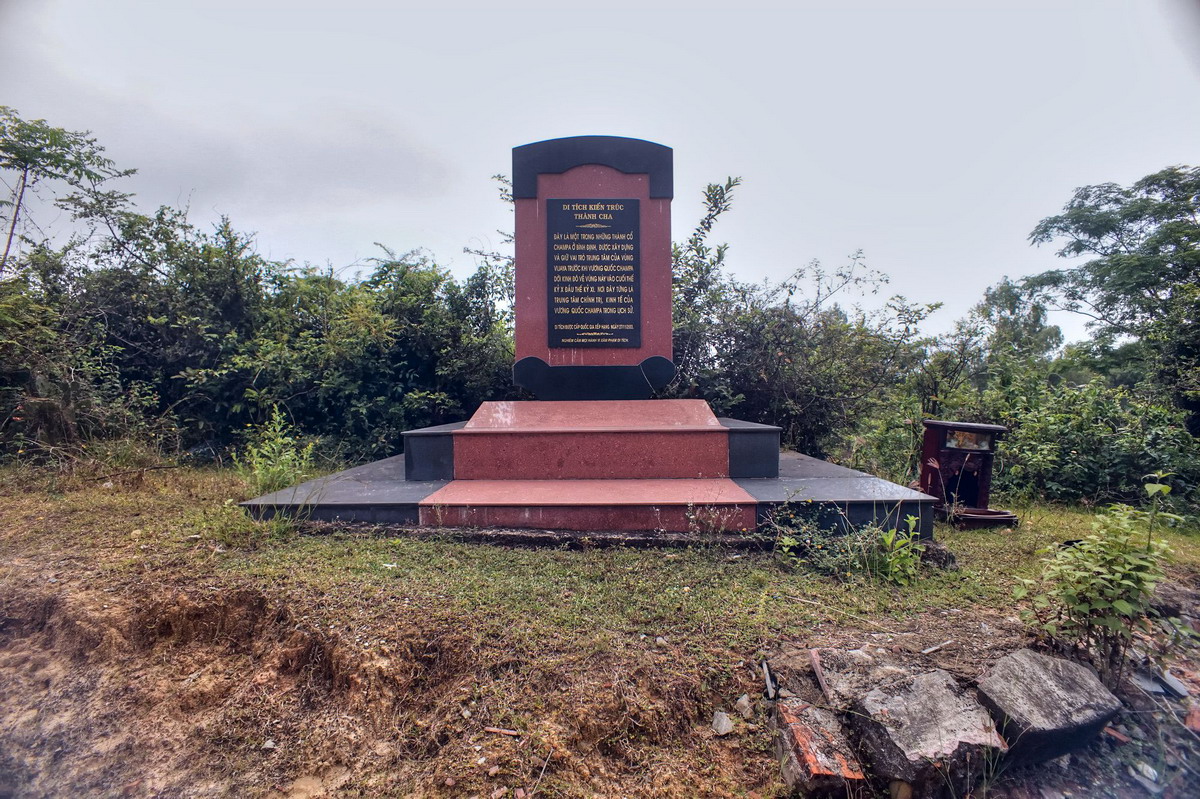
Thanh Cha - forgotten ancient vestiges in Binh Dinh
Cha Citadel has a unique structure with two rectangular citadels, one large and one small, and there are still many ancient architectural vestiges. Valuable artifacts such as the statue of goddess Kubera Yakshini, have been discovered and kept at the Binh Dinh Provincial Museum.
Thanh Cha is not only a cultural and historical symbol but also the pride of Binh Dinh people. Recognized as a national monument by the Ministry of Culture, Sports and Tourism in 2003.
2. Mau Xuan Thuong
Address: located on a high hill of the Ngang mountain range in Hoa Son village, Binh Tuong commune, Tay Son district, Binh Dinh.
Mai Xuan Thuong Mausoleum was built to honor an outstanding patriot and leader in the Can Vuong movement in Binh Dinh, bearing the mark of traditional architecture. Looking from the west through Tam Quan, visitors will see four square gate pillars shaped like gourds and vases - a style of royal and pagoda architecture in the late 19th century.
After passing 27 steps, visitors will enter a 40m² yard, surrounded by sturdy railings. From here, 4-storey steps gradually lead to the mausoleum floor, where the grave of Marshal Mai Xuan Thuong is located.
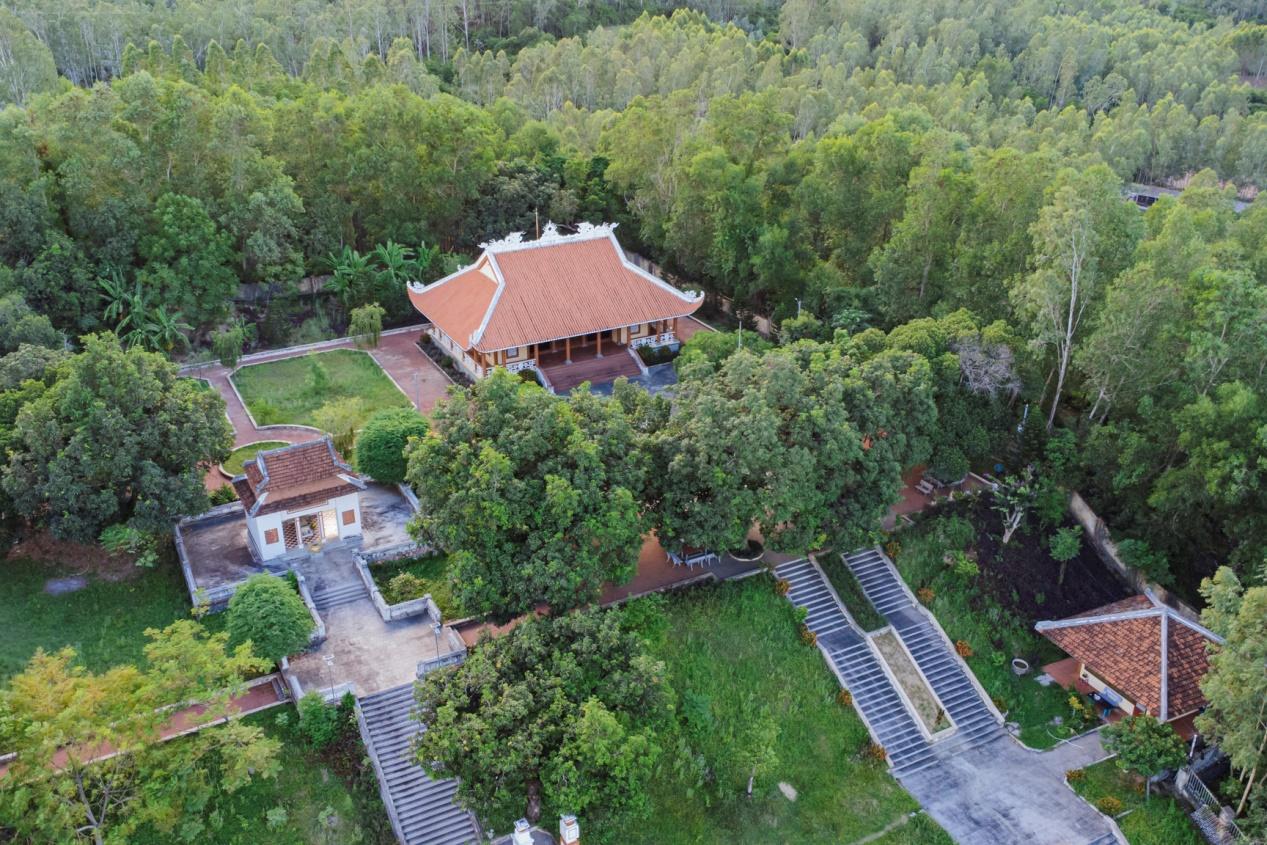
Mausoleum of Mai Xuan Thuong relic
Although the mausoleum is simple in design, it exudes solemnity and sacredness. Every year, on the 15th day of the fourth lunar month, Tay Son people and the Mai Xuan family hold an incense offering ceremony here to commemorate his contributions.
Built on a land area of 1,988m² and inaugurated on January 22, 1961, the mausoleum has a simple but impressive structure. The mausoleum gate with four square pillars and a gourd-shaped roof bears the architectural style of the late 19th century, leading to a 40m² yard, followed by granite steps. The mausoleum has a rectangular design, a two-story roof covered with Western tiles, and stands out with the "Two Dragons Painting Pearls" motif on the roof, creating a structure that is both ancient and dignified, worthy of respect. of the people for the leader.
3. Go Lang historical site
Address: Phu Lac village, Binh Thanh commune, Tay Son district, Binh Dinh province.
Go Lang relic is the hometown of Mrs. Nguyen Thi Dong - mother of the Tay Son three masterpieces: Nguyen Nhac, Nguyen Hue and Nguyen Lu. This is where important events during the Tay Son uprising were witnessed, with the remaining traces being the garden and the old house floor. The monument was ranked at the National level in 1988.
To honor the contributions of the ancestors, in 1999, the locality built the Temple on the old house foundation. The temple is 298m² wide, following traditional architecture, worshiping ancestors, especially Tay Son Tam Kiet's parents. Every year, on the 14th day of the 11th lunar month, the Tay Son cavalry death anniversary is solemnly held, an occasion to remember and pay tribute to the heroic historical roots of this land.
4. Black Rock Mound
Address: in block I, Phu Phong town, Tay Son district, Binh Dinh province.
Go Da Den is an important historical site, associated with the Tay Son uprising. Previously belonging to Kien My village, this is where the Tay Son insurgents trained and deployed troops.
The relic is about 5 hectares wide and stands out with a large shiny black rock, from which the people named it. This mound is not only a place to witness the childhood and adulthood of Tay Son leaders but also the first military base of the largest peasant movement in Vietnamese history.
Despite experiencing war and the devastation of time, many traces of the Tay Son insurgents here have been erased. This area currently only has about 2 hectares left, because the land was excavated to get construction materials and the large black rock has also been eroded.
However, when visiting Go Da Den, visitors will not only be exposed to historical relics at Quang Trung Museum but also have the opportunity to hear stories from the old people who still preserve memories of the past. Places such as Truong Trau wharf, Dinh garden, Vi Tap Binh... to understand more about a heroic period of the nation.
5. Duong Long Cham Tower
Address: located on the territory of 2 villages Van Tuong (Binh Hoa commune) and An Chanh village (Binh Tay commune), Tay Son district, Binh Dinh province.
Ticket price: 15,000 VND/person.
Duong Long Cham Tower is a prominent cluster of relics in Tay Son district, Binh Dinh, consisting of three towers located on a high mound, built in the late 12th century, the peak period of Champa culture. The towers are arranged along the North - South axis, with the middle tower 39 meters high and the two side towers 32 meters high.
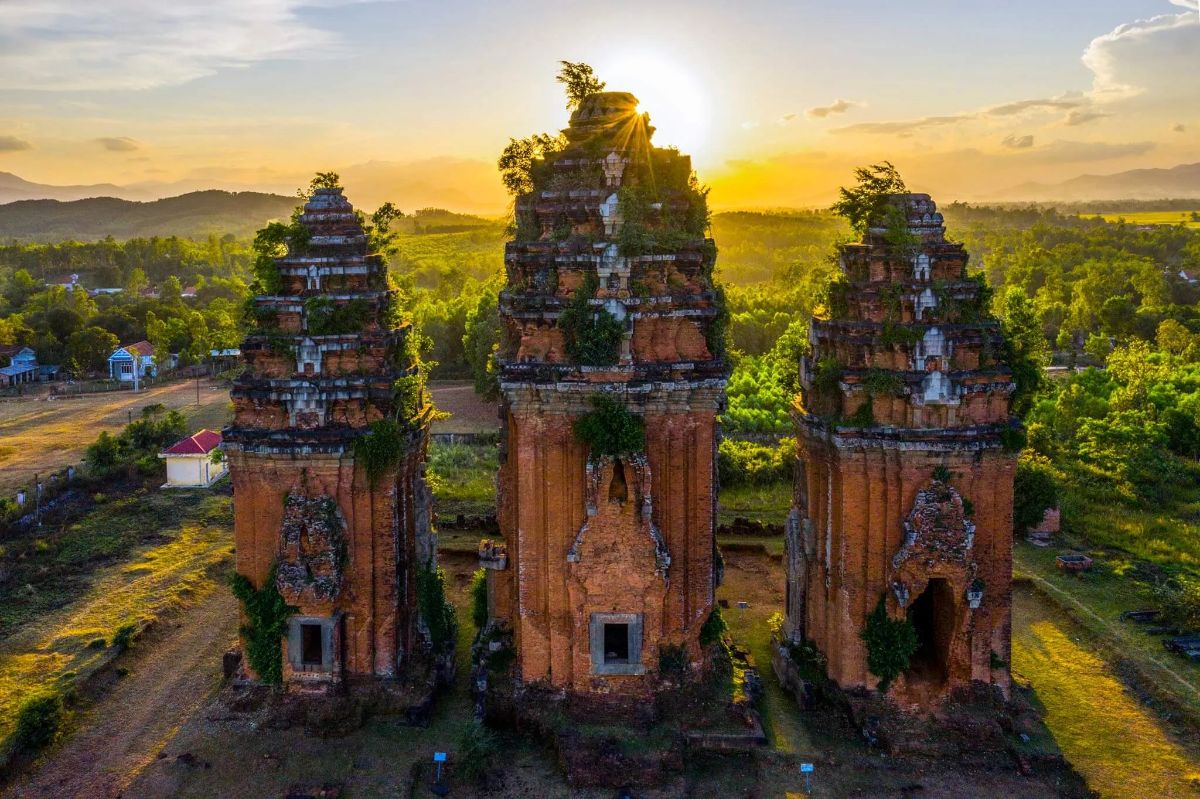 Tháp Dương Long - Di sản văn hoá Chăm ngàn năm tuổi
Tháp Dương Long - Di sản văn hoá Chăm ngàn năm tuổi
The tower's body is built of bricks, combined with large rocks at the corners, intricately carved, creating a unique and impressive architectural work. The special thing about Duong Long Tower is that the meticulous patterns and motifs are carved directly on the rocks placed on top of the tower, bearing the mark of Cham culture and art.
Surrounding the relic are unique carved stone blocks, creating a large, mysterious and attractive space. This is one of the attractive destinations for tourists, helping them not only admire the beauty of ancient architecture, but also explore the unique history and culture of Binh Dinh.
>> Learn more: A collection of memorable experiences when traveling to Vietnam
6. Truong Trau Wharf
Address: Trau hamlet, Kien My village, Binh Dinh province.
Truong Trau Wharf is a historical relic of the Tay Son period, located on the banks of Kon River, Phu Phong town, Tay Son district, Binh Dinh. The place is associated with the Tay Son peasant movement in the 18th century. Since ancient times, Ben Truong Trau has been a major betel trading point, playing an important role in connecting regions. This is also where Nguyen Nhac - one of the three Tay Son brothers, often visited, connected with ethnic minorities in the Central Highlands and expanded the uprising movement.
Despite going through many events, including war and time, Ben Truong Trau still left a deep mark in history. In 1986, the wharf was recognized as a national historical site. Although now only a sandy beach along the river, Truong Trau Ben still forever retains the mark of a glorious period of the Tay Son movement, with legends and memories associated with this place.
7. An Son Heaven and Earth Altar
Address: Hoa Son village, Binh Tuong commune, Tay Son district, Binh Dinh province.
Heaven and Earth Altar (also known as An Son Spiritual Tourism Area) is located on the top of An Son mountain, in Hoa Son village, Binh Tuong commune, Binh Dinh province. This is an outstanding historical site, marking the victories of the three Tay Son brothers: Nguyen Nhac, Nguyen Hue and Nguyen Lu. Built on a 46-hectare area of land, the altar is not only a place to perform rituals to worship Heaven and Earth, but also a symbol of the combination of nature, people and beliefs.
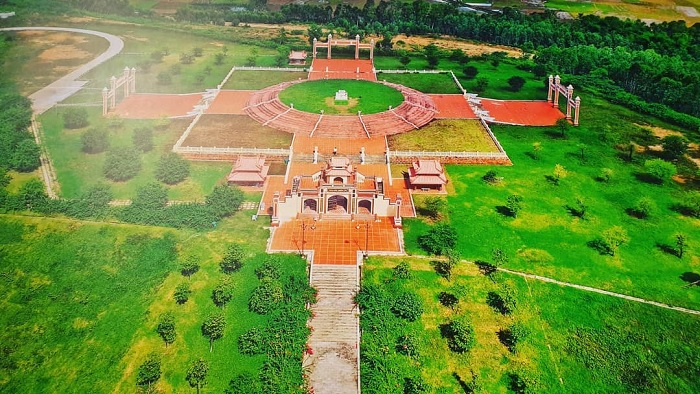
Heaven and Earth Altar (Kinh Thien Dai) - Outstanding spiritual relic site in Binh Dinh
The building consists of three floors, each floor has a profound meaning.
The top floor, Vien Dan, with a circular shape symbolizing Heaven, has a diameter of 27m, and is a place of worship and prayer.
The second floor, Phuong Dan, is a square symbolizing Earth, surrounded by yellow stone railings, where rituals to pray to the gods are performed.
The bottom floor is the foundation area of the altar, with a solemn design and three-door gate facing the South, creating a sacred space.
The An Son Heaven and Earth Altar is not only a religious work but also imbued with cultural and spiritual values, demonstrating the deep relationship between humans and nature. Here, residents and tourists can feel the solemn space, rich in history and culture, and admire the majestic beauty of the surrounding nature.
8. Tay Son Tam Kiet Temple
Address: Phu Phong town, Tay Son district, Binh Dinh province.
Tay Son Tam Kiet Temple relic is one of the important relics associated with the three brothers Nguyen Nhac, Nguyen Hue and Nguyen Lu of the Tay Son uprising movement. This place includes Tay Son Tam Kiet Temple, Truong Trau Wharf, Quang Trung Museum and other cultural works, honoring the great victories of national hero Quang Trung - Nguyen Hue.
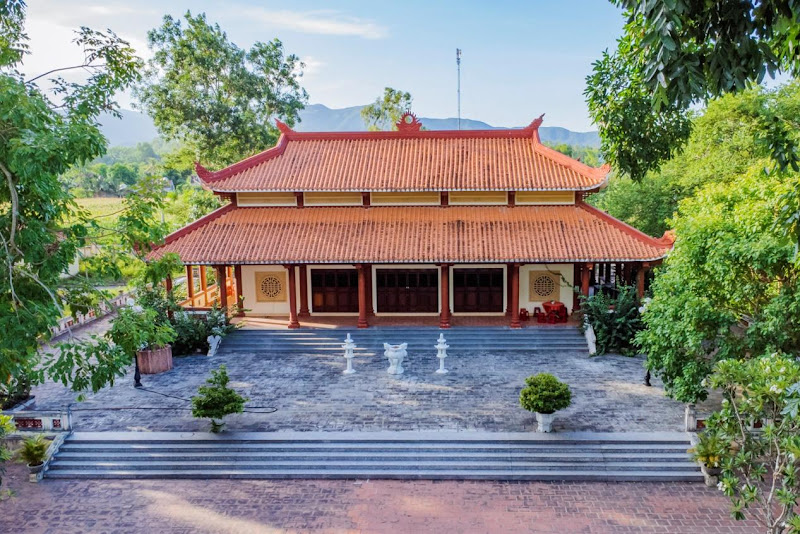
Tay Son Tam Kiet Temple is ranked as a special national monument
The shrine was built on the foundation of Kien My communal house, with a solemn interior, including altars depicting images of important historical figures. In particular, the more than 300-year-old tamarind tree and the ancient well at the relic not only have historical value but are also symbols of the vitality and longevity of the Tay Son movement.
9. Quang Trung Museum
Address: Block 1, Phu Phong town, Tay Son district, Binh Dinh province.
Ticket price: 30,000 VND/adult, children free.
Quang Trung Museum is one of Quy Nhon's attractive destinations, attracting tourists because of its historical and cultural richness. Located in the hometown of national hero Quang Trung - Nguyen Hue, the museum preserves valuable artifacts associated with the Tay Son uprising and is a place to honor the three Tay Son Tam Kiet brothers: Nguyen Nhac and Nguyen Hue and Nguyen Lu.
The name of the museum also commemorates the great hero Quang Trung, who left a deep mark in the nation's history. When entering the museum grounds, visitors will be impressed by the meticulously cared for space and harmonious design.
The center is the Quang Trung monument, surrounded by items of historical value, from the Tay Son Tam Kiet Temple, the Tay Son Music and Martial Arts Performance House, to the display area of more than 11,000 precious artifacts. The curved red tile roof and intricately carved motifs create a space that is both solemn and cozy, expressing the respect of Binh Dinh people for the heroes who have contributed to the country.
10. Historical site of collective grave of martyrs of the Golden Star Division
Address: 354 Hong Linh, Nhon Hau Commune, An Nhon Town, Binh Dinh Province.
The collective grave of the 3rd Star Gold Division martyrs was recognized as a provincial historical site in 2003. This is a work that remembers the heroic sacrifice of 153 martyrs in the 1968 Spring Mau Than campaign in the Western region. Phuong Danh, Dap Da ward, An Nhon town.
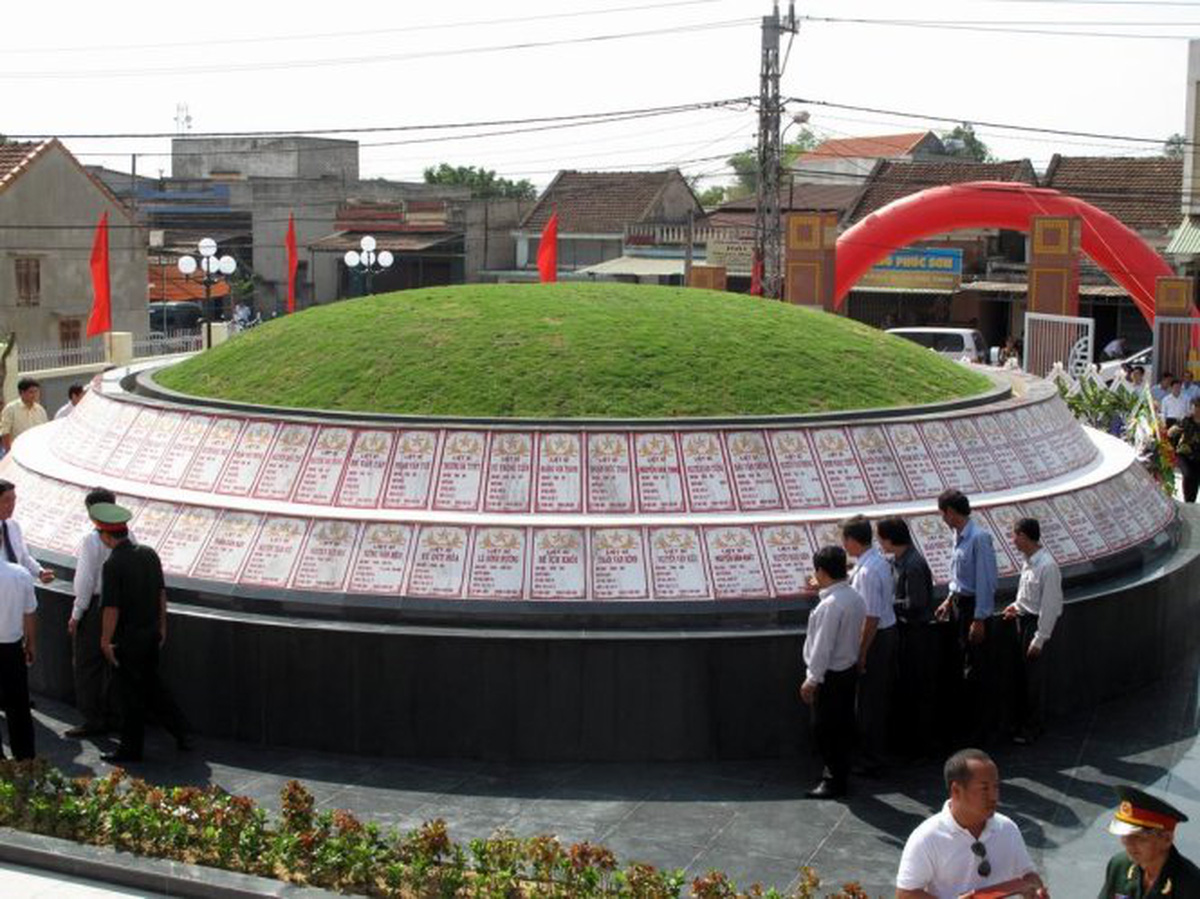
Historical site of collective grave of martyrs of the Golden Star Division
After An Nhon's hometown was liberated, a mass grave was built to protect the bodies of heroic martyrs. The project has not only been restored, embellished, and upgraded to serve the visiting needs of provincial leaders, departments, branches, branches, and people, but is also a symbol of infinite gratitude, demonstrating morality. "When drinking water, remember the source."
This grave is not only a memorial place but also a source of encouragement and education for the younger generation, reminding of the sacrifices of generations of ancestors who fought tenaciously for the nation's independence and freedom.
11. Ong Nui Pagoda
Address: Located at Chop Vung peak, in Phuong Chi village, Cat Tien commune, Phu Cat district, Binh Dinh.
Ong Mountain Pagoda in Binh Dinh is a sacred ancient temple of the land of martial arts, not only impressive by its location "leaning against mountains and seas" but also attracting tourists by the largest Buddha statue in Southeast Asia today. About 30km from Quy Nhon center, you can get to the temple by motorbike, car or bus. To reach the temple gate area, you will have to climb 600 steps and continue walking 100 meters.
Ong Nui Pagoda (also known as Linh Phong Thien Tu) was built in 1702 during the reign of Lord Nguyen Phuc Chu. In the early days, monk Le Ban retreated to a cave east of Ba Mountain, built a small hermitage and named it Dung Tuyen Pagoda.
In 1733, Lord Nguyen rebuilt the pagoda and named it Linh Phong Thien Tu. However, due to the war, the pagoda was destroyed, only the three-entrance gate and the treasure tower remained. By 1990, the pagoda was rebuilt with an ancient roof, tube tiles, two dragons with pearl paintings on the roof and pillars carved with dragon images.
From afar, you can see the giant Buddha statue of Ong Nui Pagoda, which was started in 2009 and completed in 2016. The statue is 69m high, the 15m high base is made entirely from reinforced concrete. The Buddha statue sits on a lotus flower, in the direction "like mountains and seas", facing Thi Nai lagoon. At the foot of the statue is the Arhat corridor, the Buddha relics museum and the Buddhist teaching center. According to Buddhist beliefs, statues built in this direction will bring luck and peace to those who worship.
After visiting the Buddha statue, you can continue your journey to Hang To, located on the mountain behind the temple. The pure, peaceful space of the cave, with stacked rocks and gurgling streams all year round, is a place associated with the legend of Ong Nui. The cave is also the reason why the pagoda is called "Dung Tuyen Thac Coc" (stream in a stone cave).
12. Ba Nuoc Man Pagoda
Address: An Hoa village, Phuoc Quang commune, Tuy Phuoc district, Binh Dinh province.
Ba Nuoc Man Pagoda stands out with its unique Nam Hoa architecture and sacredness, worshiping Thien Hau Thanh Mau - the goddess of protection of ships. Associated with the prosperity of Nuoc Man port from the 16th to 19th centuries, the pagoda is an important spiritual destination every spring.
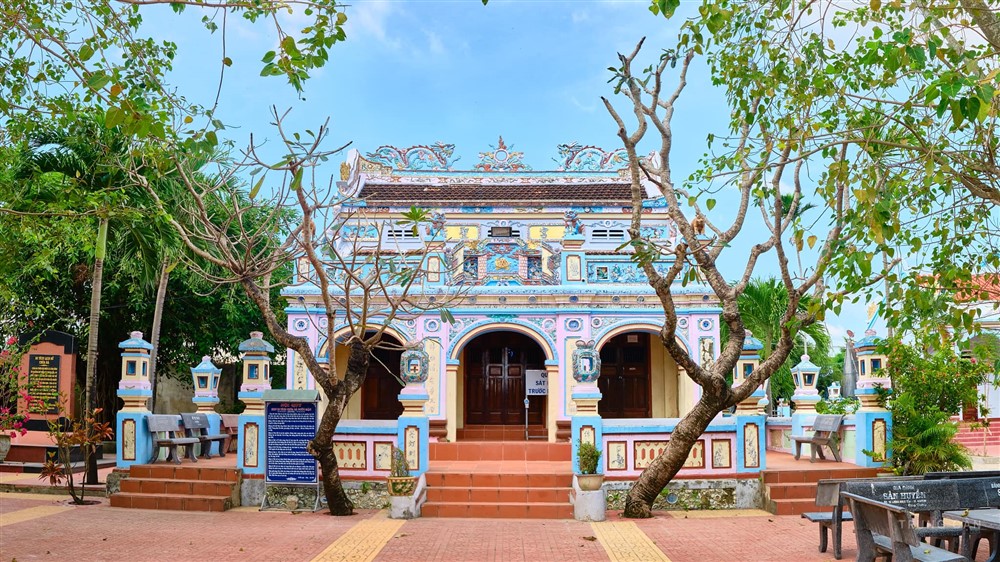
Ba Nuoc Man Pagoda - Unique religious architectural relic in Binh Dinh
In 2022, Ba Pagoda festival will be recognized as a National Intangible Cultural Heritage. The pagoda has a Nhat-style structure, facing south, next to Cau Ngoi River, with a small lake and a screen decorated with images of Long Ma and phoenix.
The pagoda's roof is curved in the shape of a boat, featuring the motif of two dragons and moons. Three compartments worship deities, including Thien Hau Thanh Mau, Village Than Hoang and Ba Thai Sanh Thanh Mau, along with statues of guardian deities, imbued with local cultural values and beliefs.
>> Read more: Virtual life at 23 tourist destinations in Binh Dinh as beautiful as paradise
13. Thap Thap Pagoda
Address: Van Thuan village, Nhon Thanh ward, An Nhon town, Binh Dinh province.
Thap Thap Pagoda is an ancient pagoda dating back to the 17th century, located on Long Bich hill in Binh Dinh, an important spiritual destination. This pagoda, associated with the development history of Dang Trong Buddhism, has been recognized as a national historical-cultural relic.
The pagoda was built on the foundation of ten Cham towers, with unique architecture, blending old and new, adhering to traditional principles. The pagoda has four main areas: the main hall worshiping the three Buddhas, the staff worshiping National Master Phuoc Hue, and the symmetrical East and West paths, each area has a unique feature. The scenery around the pagoda, from the lotus pond to Thien Dinh Son mountain, creates a peaceful space, attracting tourists from all over.
14. Canh Tien Tower
Address: Nam An village, An Nhon town, Binh Dinh province.
Ticket price: 10,000 VND/person, children free
Canh Tien Tower is one of the most intact and prominent ancient Cham towers. Built around the 11th-12th centuries, the tower is not only a symbol of Champa culture but also an architectural masterpiece with exquisite details.
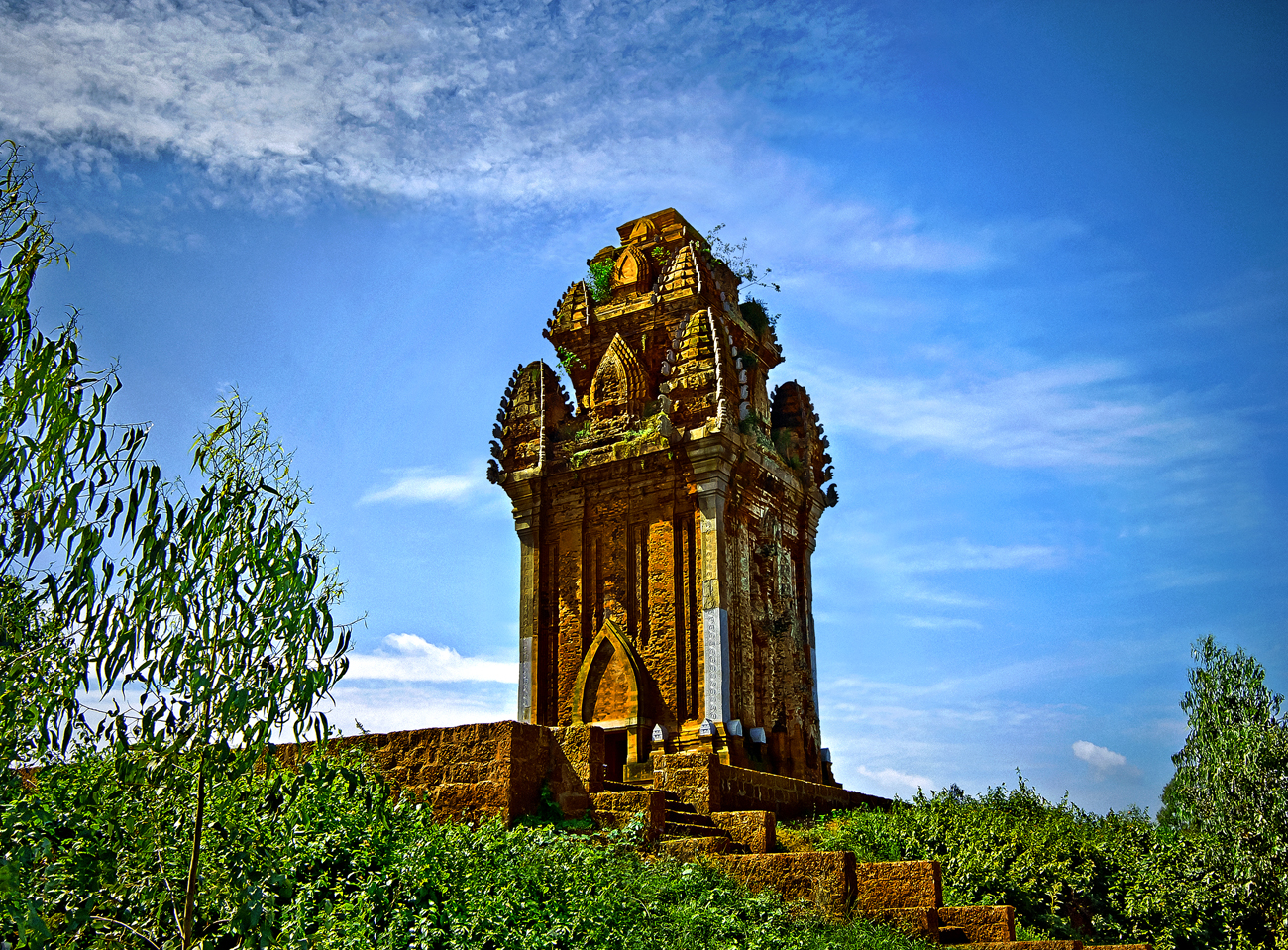
The ancient tower is as beautiful as the name "Canh Tien"
From afar, the tower appears like fairy wings reaching up to the sky, thanks to its unique design with meticulous patterns and four beautiful small tower corners, creating a sublime feeling like bird wings flying up. Although there is only one main door facing the East, Canh Tien Tower is still attractive with four soaring arches and elaborate decorations. With four tower floors and mysterious carvings, Canh Tien tower deserves to be a unique artistic relic, recognized as a Cham architectural relic since 1982.
15. Binh Lam Tower
Address: Binh Lam village, Phuoc Hoa, Tuy Phuoc, Binh Dinh.
Binh Lam Tower is one of the outstanding ancient Champa relics, attracting tourists with its exquisite architectural beauty and profound historical significance. Built at the end of the 10th century, the tower bears the mark of the transition between the two architectural styles of My Son A1 and Binh Dinh, a testament to the brilliant development of the Champa kingdom.
With a height of about 20 meters, the tower has a square shape, a simple but powerful tower body, along with exquisitely decorated roofs in the shape of lotus petals. Binh Lam Tower is not only a unique architectural work but also a historical witness, recording important events in the development of the Champa dynasty, such as the war with the Mongol - Yuan army and the years of war. Vietnamese paintings.
16. Thanh Hoang De
Address: located in Nhon Hau commune and Dap Da ward, An Nhon town, Binh Dinh.
Emperor Citadel was built in 1776 on the foundation of Do Ban citadel of the Champa Kingdom. As the headquarters of the Tay Son army and then the capital under the reign of Emperor Thai Duc - Nguyen Nhac, the citadel consists of three citadels: Foreign Citadel, Inner Citadel and Forbidden Citadel.
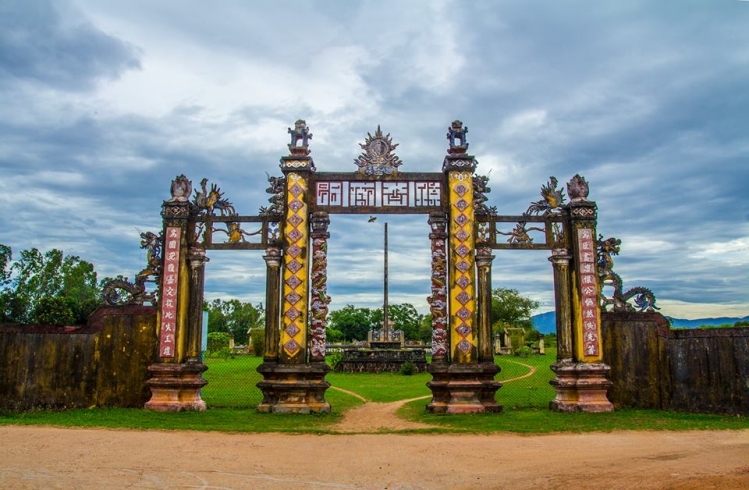
Imperial Citadel - historical relic with special architecture in Binh Dinh
After the fall of the Tay Son Dynasty, the citadel was destroyed and the Nguyen Dynasty built a mausoleum to worship two mandarins Vo Tanh and Ngo Tung Chau on the old foundation. Emperor Citadel was recognized as a national historical site in 1982, associated with the victories and pride of the Tay Son movement.
Historical relics in Binh Dinh are not only living witnesses of the past but also the cultural pride of this land. Each relic carries profound historical and cultural values, contributing to enriching the identity of Binh Dinh. Hopefully, the above information has helped people understand the relics and visit them if they have the opportunity to travel to this land!
Binh Dinh
2912 view
Update day
: 22/11/2024
63S Travel
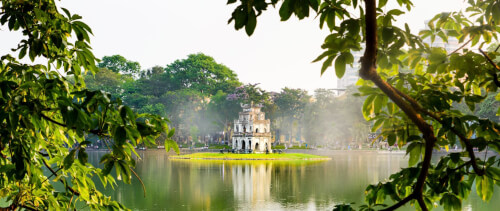 Hanoi (6)
Hanoi (6)
 Lao Cai (1)
Lao Cai (1)
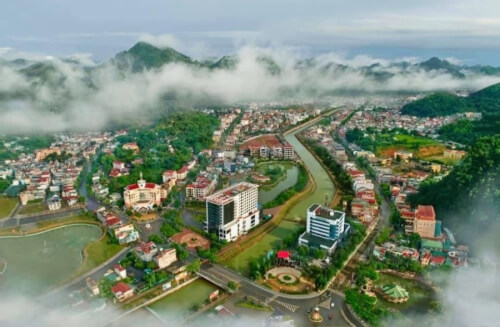 Son La (2)
Son La (2)
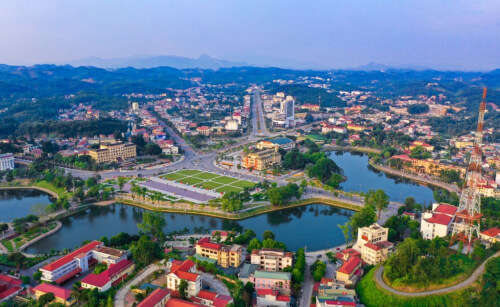 Yen Bai (1)
Yen Bai (1)
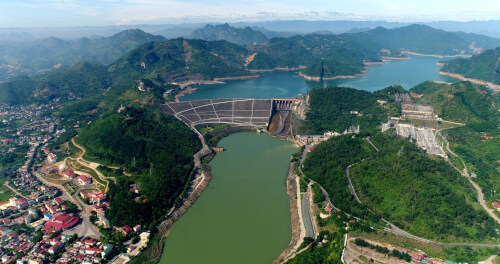 Hoa Binh (1)
Hoa Binh (1)
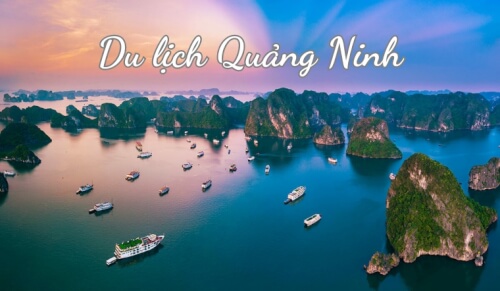 Quang Ninh (18)
Quang Ninh (18)
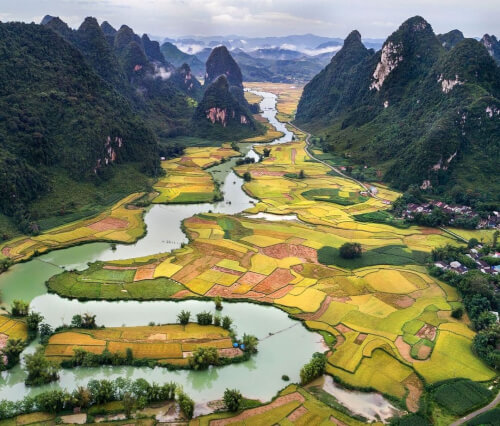 Ninh Binh (1)
Ninh Binh (1)
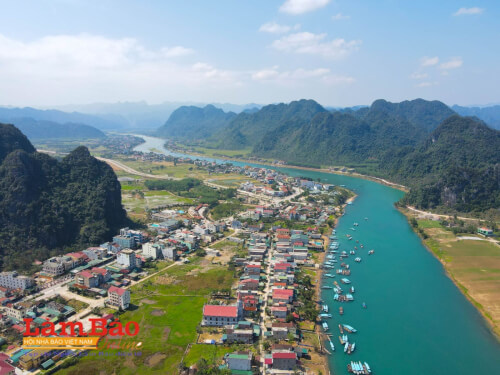 Quang Binh (2)
Quang Binh (2)
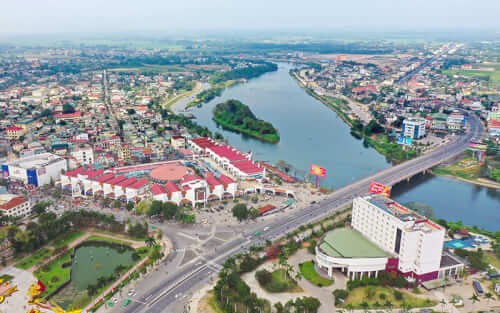 Quang Tri (1)
Quang Tri (1)
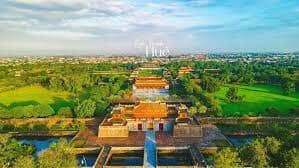 Hue (17)
Hue (17)
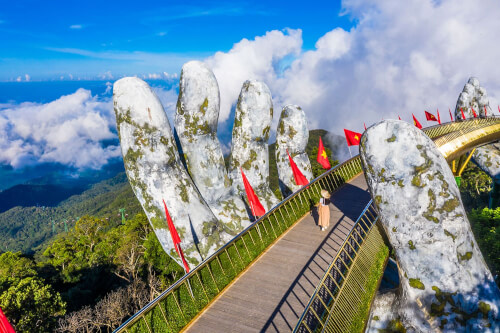 Da Nang (24)
Da Nang (24)
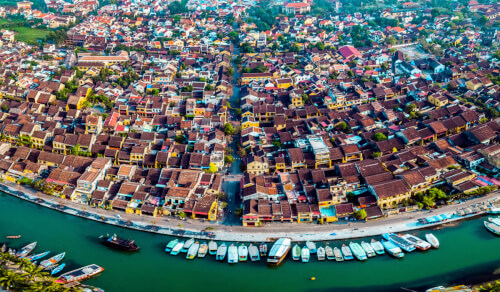 Quang Nam (16)
Quang Nam (16)
 Binh Dinh (1)
Binh Dinh (1)
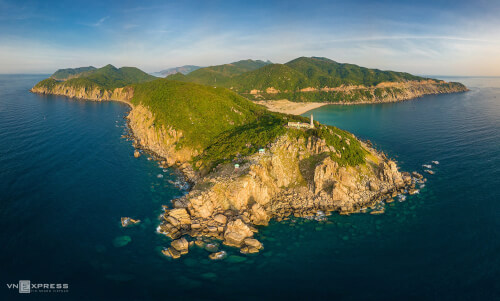 Phu Yen (1)
Phu Yen (1)
 Khanh Hoa (12)
Khanh Hoa (12)
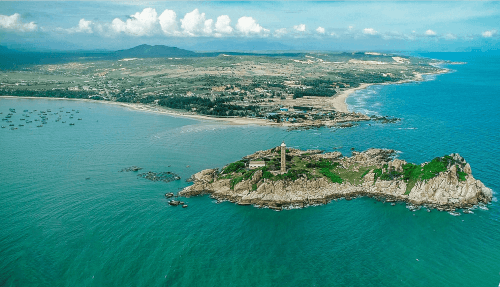 Binh Thuan (1)
Binh Thuan (1)
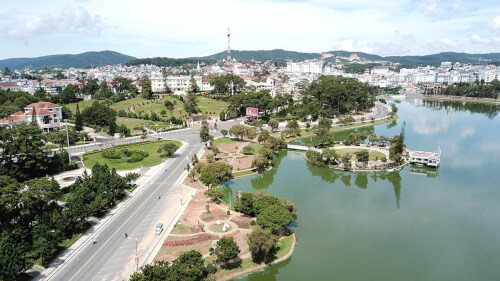 Lam Dong (7)
Lam Dong (7)
 Ho Chi Minh City (3)
Ho Chi Minh City (3)
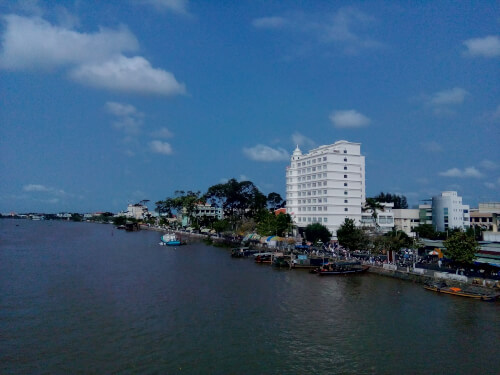 Ben tre (3)
Ben tre (3)
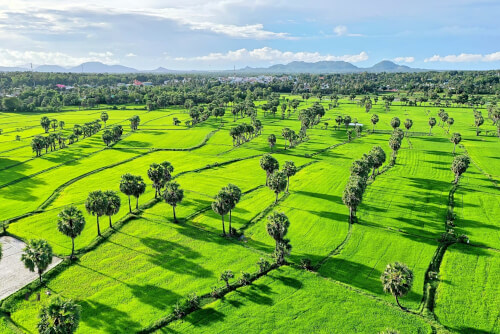 An Giang (1)
An Giang (1)
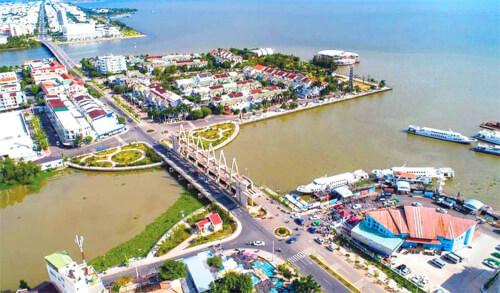 Kien Giang (4)
Kien Giang (4)
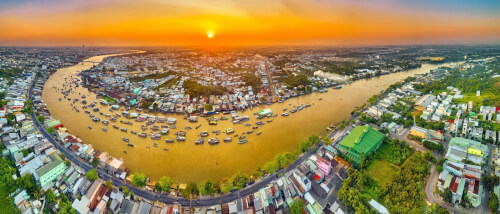 Can Tho (3)
Can Tho (3)
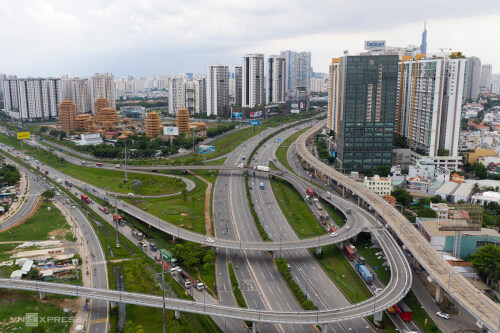 Foreign (3)
Foreign (3)

 vn
vn en
en ja
ja ko
ko zh
zh


















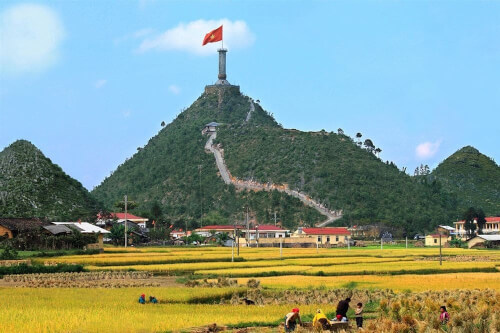
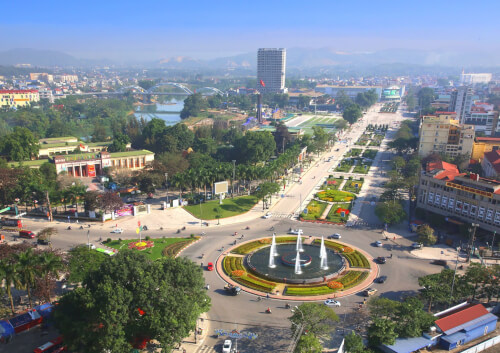
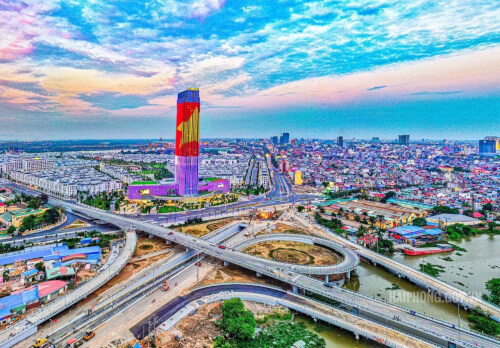
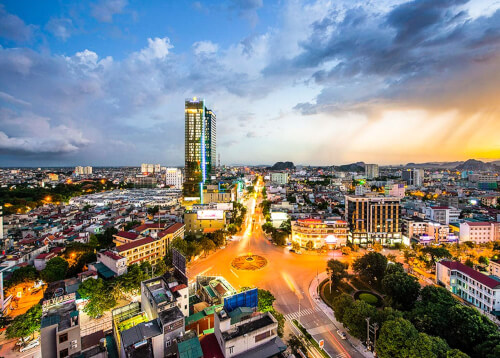
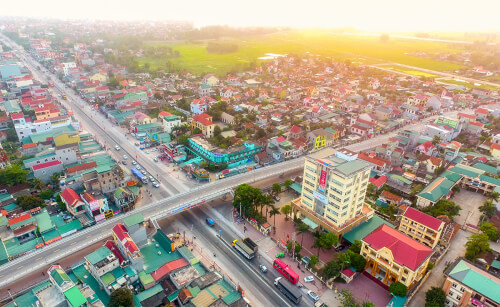

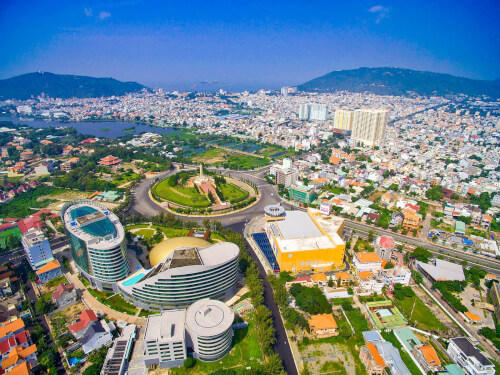

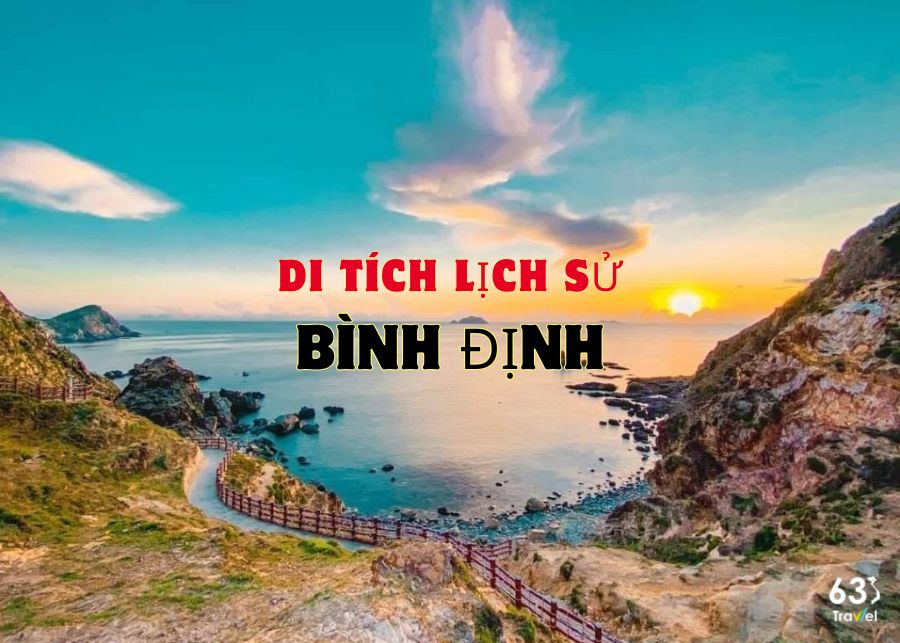


 Tháp Dương Long - Di sản văn hoá Chăm ngàn năm tuổi
Tháp Dương Long - Di sản văn hoá Chăm ngàn năm tuổi










